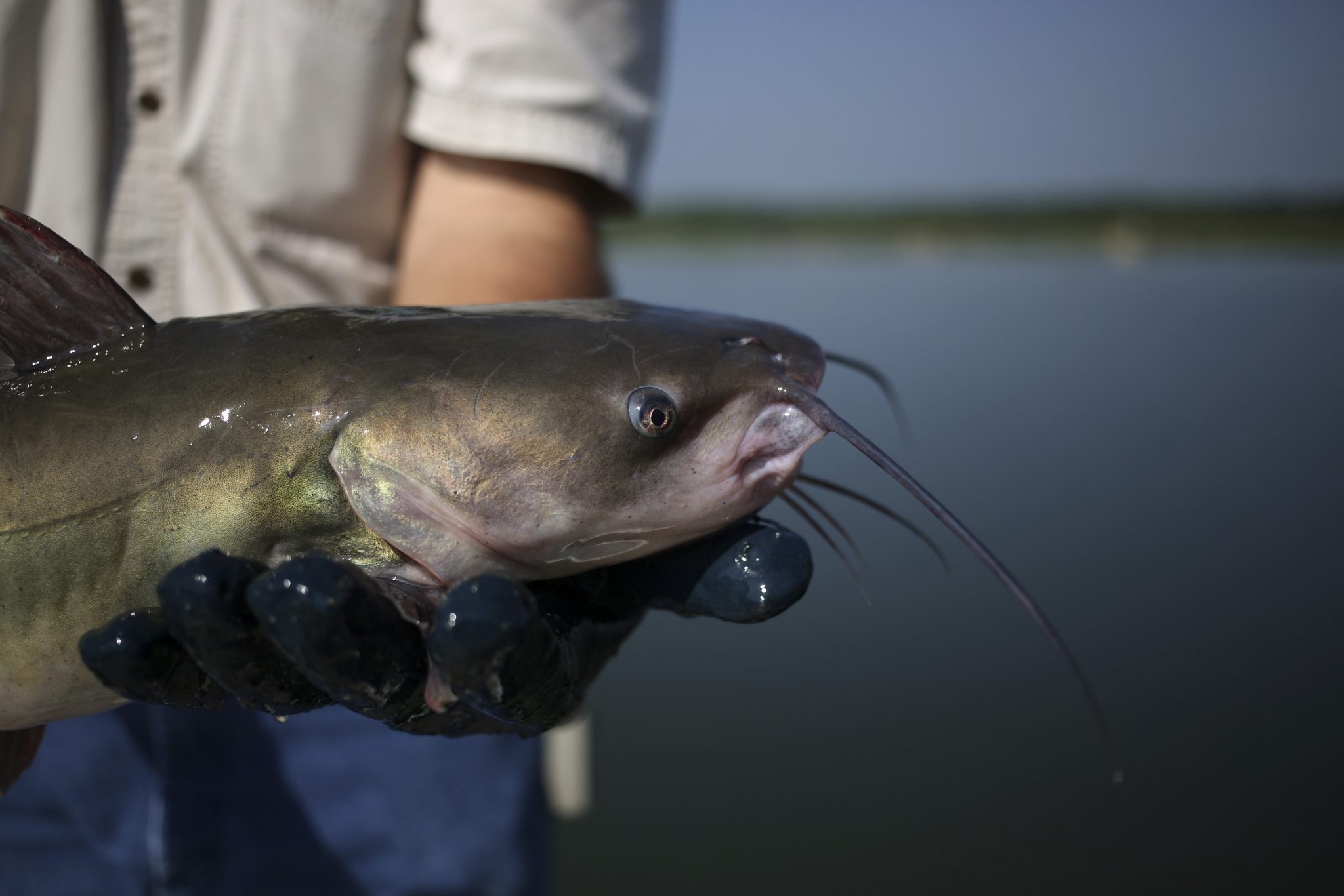Aquaculture

Under the right circumstances, catfish farming can be very profitable. Like other forms of farming, however, catfish production involves substantial capital investment and many risks.
Growing catfish successfully also requires daily attention. If you’re considering catfish farming, this checklist can help you determine whether a catfish enterprise is feasible for your particular situation.
The checklist, of course, doesn’t cover all possibilities. Answering yes to most questions won’t guarantee success, just as answering no won’t mean automatic failure. The checklist does list the most important considerations, however; and to have a good probability of success, most of your answers should be in the yes column when you begin a catfish operation. Your county Extension agent can direct you to sources of information for the more technical questions.
Catfish Farming Checklist
| Economic Factors | Yes | No |
|---|---|---|
| Management | ||
| 1. Do you already have suitable ponds or a site suitable for ponds? | ||
| 2. Do you have most of the machinery and equipment needed? | ||
| 3. Do you have the necessary financial resources? | ||
| 4. Is the catfish profit potential higher than that of other possible investments? | ||
| 5. Will the expected profit be adequate compensation for your labor, management, and risk? | ||
| 6. Will investment and operating capital interest rates permit a reasonable profit? | ||
| 7. Is catfish the best alternative for the land you intend to use? | ||
| 8. Can you afford to forego income until you sell your first crop? | ||
| 9. Are you able to absorb occasional losses? | ||
| 10. Are you willing to devote the daily time and effort required? | ||
| Marketing | ||
| 1. Do you know of an established market for your fish? | ||
| 2. Is there a market for your fish at the time of year you plan to sell them? | ||
| 3. Do you have a suitable arrangement for harvesting your fish? | ||
| 4. Can you be flexible and harvest fish during the off-season? | ||
| 5. Do you have an aletrnative marketing strategy to fall back on? | ||
| Physical Factors | Yes | No |
| 1. Does the topography of the land lend itself to pond construction? | ||
| 2. Will the soil hold water? | ||
| 3. Is enough water available to fill the pond and replace losses? | ||
| 4. Is your water of the proper quality for catfish production? | ||
| 5. Is the pond area protected from flooding? | ||
| 6. Are the drains in the existing ponds large enough to allow rapid draining? | ||
| 7. Can wild fish be prevented from entering the pond? | ||
| 8. Is there year-round access to the pond for harvesting and feeding? | ||
| 9. Is there a smooth, stump-free area in the pond to allow efficient harvesting? | ||
| 10. Is your residence close enough to the pond to allow frequent and timely observations and the necessary management adjustments? | ||
| Production Factors | Yes | No |
| 1. Are good quality feeds readily available at a competitive price? | ||
| 2. Do you have a source of supply for the drugs and chemicals needed? | ||
| 3. Are fingerlings available from local dealers? | ||
| 4. Can you raise your own fingerlings? | ||
| 5. Can you make or purchase aeration equipment? | ||
| 6. Is dependable labor available? | ||
| 7. Are dependable diagnostic services available? | ||
| 8. Do you have equipment for storing feed? | ||
| 9. Are you aware of the government agencies and trade associations that can provide you educational and technical services? | ||
| Risks: Are you equipped to handle the following problems? | Yes | No |
| 1. Poor water quality? | ||
| 2. Off-flavor? | ||
| 3. Pesticide contamination? | ||
| 4. Poachers and vandals? | ||
| 5. Personal stress resulting from risk management? |
Russell Wright, Extension Specialist, Associate Professor, Aquatic Resources; John Jensen, former Extension Specialist; and Jerry Crews, former Extension Specialist, all with Auburn University
Reviewed October 2018, Catfish Farming: Is It for You?, ANR-0273

